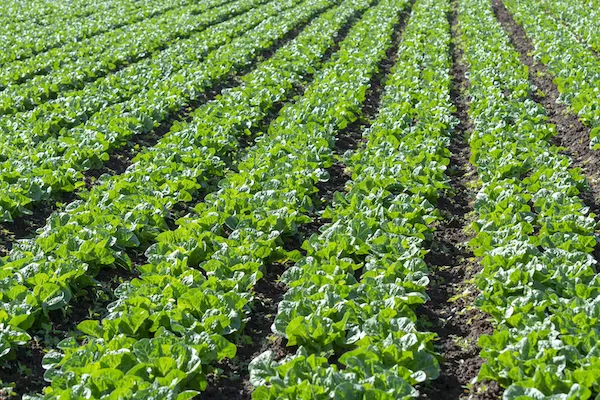The California LGMA has appointed a special new subcommittee to focus on how land adjacent to leafy greens farms may be contributing to foodborne illness outbreaks associated with romaine lettuce.
This action is part of a comprehensive review of all existing food safety practices required under the LGMA program and is in direct response to findings from a U.S. Food and Drug Administration report issued last week.

The role of the LGMA’s Adjacent Lands Subcommittee is to review current LGMA standards related to grazing lands and adjacent properties, gather all relevant research done by CPS or other entities and consult with stakeholders for additional input. The Subcommittee plans to look at a number of factors including distance; slope and other physical properties; the impact of weather; potential barriers such as berms, diversion ditches or vegetative strips; and ‘good neighbor’ policies as they relate to properties located near leafy greens farming operations.
The Subcommittee is comprised of industry experts from LGMA member companies led by Sharan Lanini, Pacific International Marketing, who serves as the Chair of LGMA’s Technical Committee. The group will work closely with University and government researchers to meticulously examine past and current studies from the Center for Produce Safety and other relevant scientific research. The Subcommittee also plans to engage with landowners of properties located near leafy greens farms including cattle and other crops like wine grapes.
Last week the FDA issued a report on its investigation of what was actually three distinct outbreaks occurring in the Fall of 2019. In the report, the e. coli strain linked to one of these outbreaks along with other STEC strains were detected in samples taken from cattle grazing land in proximity to where romaine lettuce crops were grown.
The FDA has stated it believes ruminants, most likely cattle, are the source of contamination in these outbreaks, but exactly how the pathogens end up on leafy greens remains a mystery.
Leafy greens farmers are committed to doing everything possible to make sure the products are safe. If they knew what additional precautions could keep pathogens out of our fields, they would immediately make changes to their food safety program.
As with all areas of the LGMA’s required food safety practices, the Adjacent Lands Subcommittee will be making recommendations as part of an open, collaborative process now underway for improving the safety of leafy greens. This process is being facilitated by Western Growers and is currently considering new standards for water used to grow leafy greens and for soil amendments and other crop inputs.
Leafy greens farmers work hard every day to implement the best-known food safety practices. Ultimately, the LGMA is the entity charged with updating and improving these standards to better protect consumers. The input provided by the FDA report and the work being done by our subcommittees, researchers and other stakeholders is critical to prevent future outbreaks.
 For more information:
For more information:
LGMA
www.lgma.ca.gov
